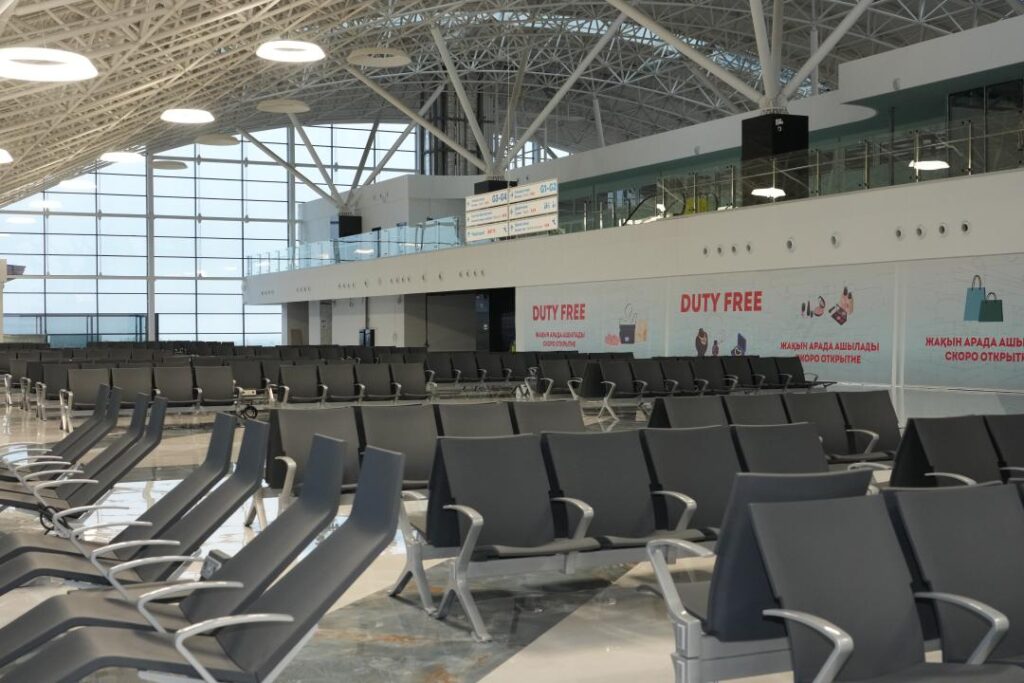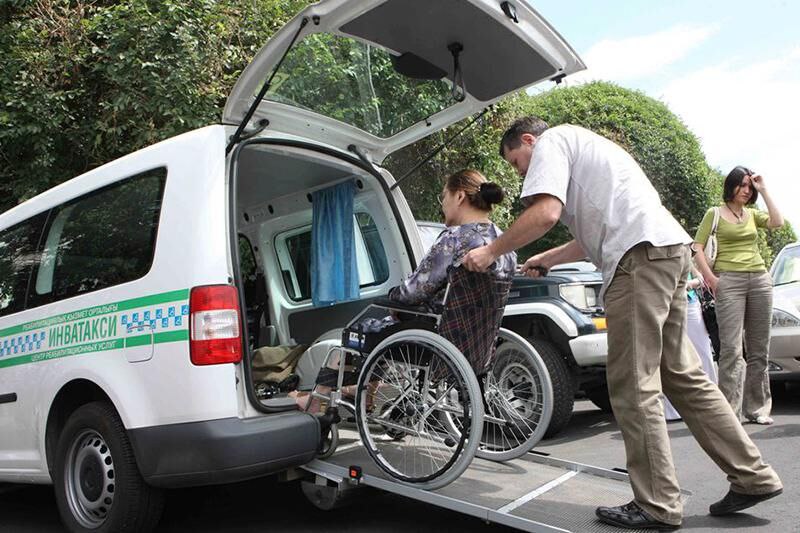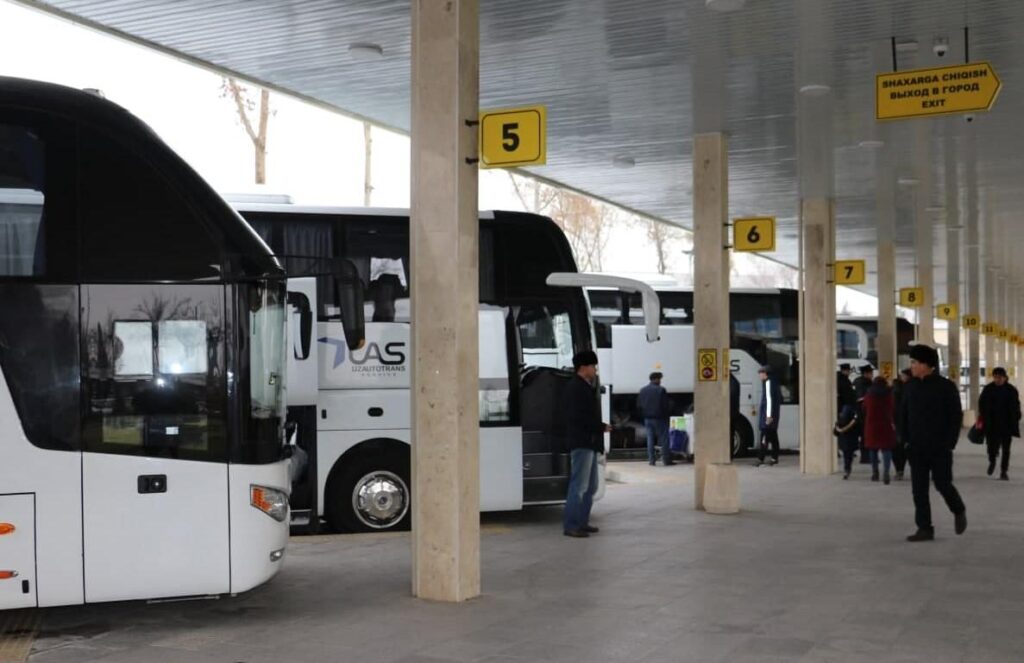Satellite Internet Now Available on Astana-Almaty Train in Kazakhstan
Kazakhstan Temir Zholy (KTZ), the national railway company, has launched a pilot project to provide satellite Internet access on its trains. The new service debuted on January 25 aboard the train connecting the capital, Astana, with the country's largest city, Almaty. Covering a 17-hour journey, the Astana-Almaty train route is one of the most popular in Kazakhstan. Using satellite technology, passengers can now access apps such as WhatsApp, YouTube, and other video-hosting platforms throughout their trip. However, access to torrent sites and platforms enabling streaming downloads will be restricted. The initiative is a collaboration between the Ministry of Digital Development, Innovation and Aerospace Industry, the Ministry of Transport, and Jusan Mobile, the official distributor of Eutelsat-OneWeb in Kazakhstan. Zhaslan Madiyev, Minister of Digital Development, Innovation and Aerospace Industry, described the project as a milestone for digitalizing the country's transportation network. “The launch of this pilot project on the KTZ train using the low-orbit satellite constellation Eutelsat-OneWeb is an important event in the digitalization of transport,” Madiyev stated. “Thanks to cooperation with partners, we have demonstrated that even in challenging conditions, it is possible to provide passengers with high-speed (50-100 Mbps) and stable internet. This achievement paves the way for further digital transformation in Kazakhstan and enhances travel comfort for our citizens.” The pilot project also includes the introduction of several technological upgrades to improve the passenger experience. Mobile terminals for conductors have been deployed to facilitate quick ticket verification, while POS terminals allow for cashless payments in the dining car. Additionally, video surveillance systems have been installed to enhance security in railcars. According to Anuar Akhmetzhanov, Chairman of the Board of JSC Passenger Transportation, the introduction of satellite internet is a key step in modernizing passenger services. He added that in the future, satellite internet access will be expanded to trains operating on other major routes. Currently, internet access on Kazakh trains is available only when trains travel near cities and villages with cellular network coverage. For the vast stretches of railway running across Kazakhstan’s expansive steppes - often far from human habitation - connectivity has traditionally been unavailable. The adoption of satellite internet technology addresses this gap and ensures seamless connectivity even in remote areas. For a country as large as Kazakhstan - it is the ninth largest in the world - railways remain a vital mode of transportation. In 2024, KTZ transported 13.6 million passengers, with the Astana-Almaty, Astana-Shymkent, Almaty-Shymkent, Astana-Semey, and Almaty-Semey routes being the most popular.






